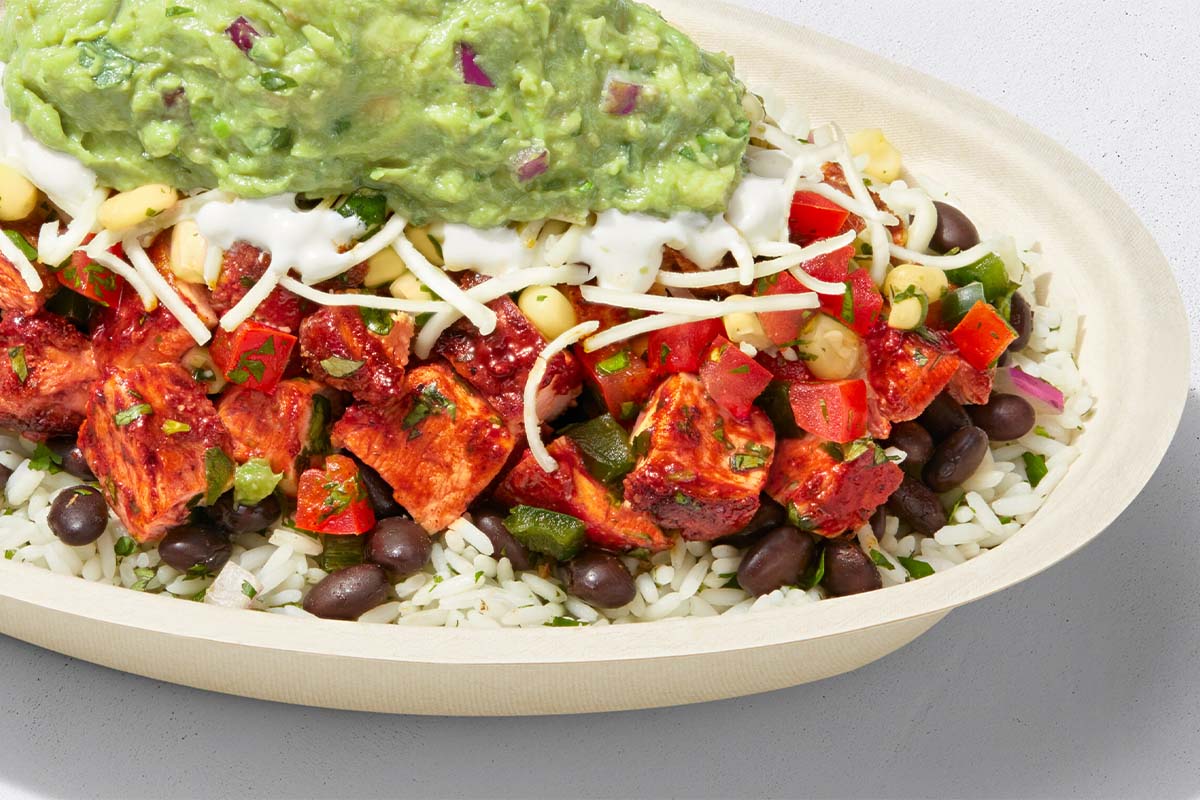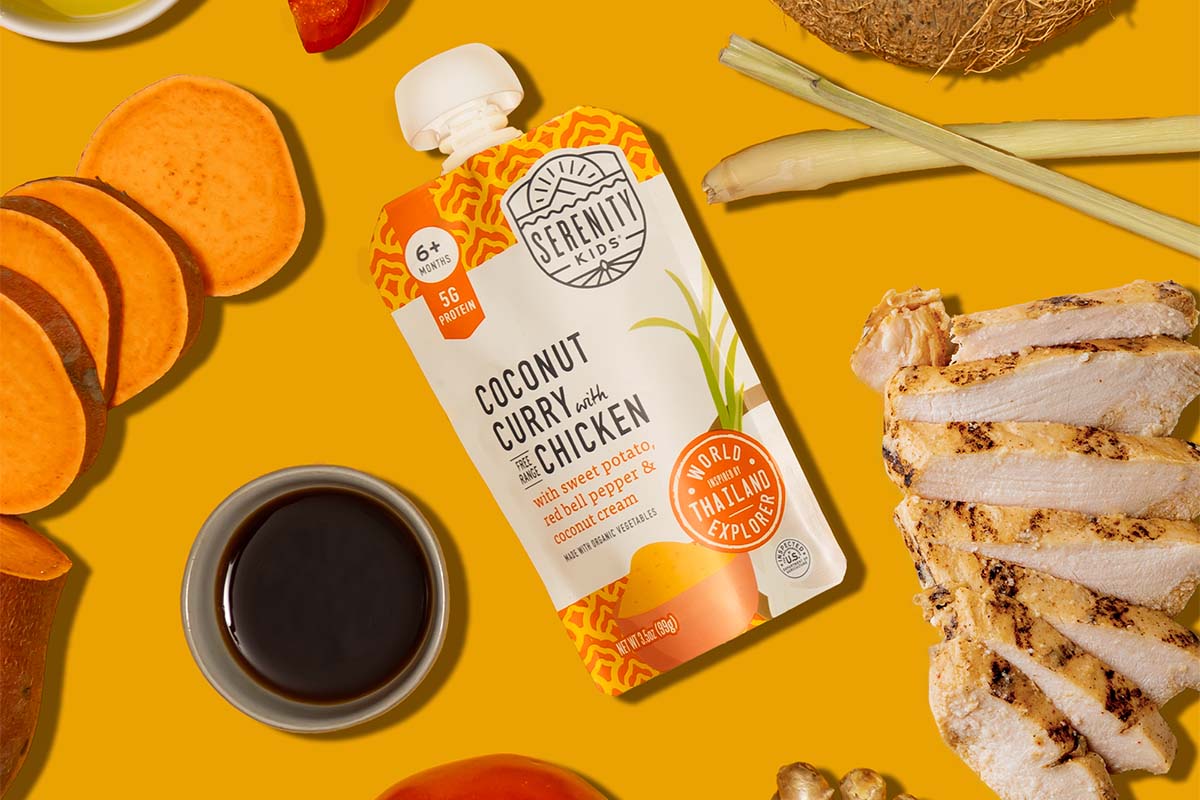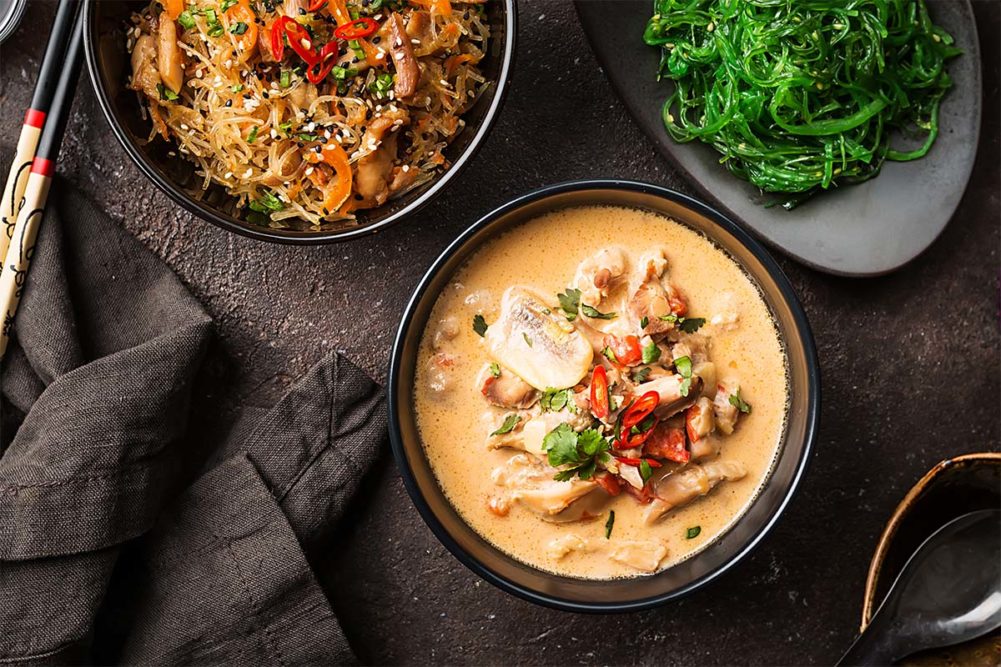The line between foodservice and home cooking continues to blur thanks to social media making restaurant dishes viral sensations. These influencers make chef-inspired meals look easy to prepare in a home kitchen, but the reality is that for many home cooks, attempts to recreate them become disastrous, especially when trying to make traditional dishes from around the world. This is where culinary scientists enter the picture, as they try to simplify authenticity while creating craveability.
Assistance with culinary science
A recurring message at the 2024 RCA Conference hosted by the Research Chefs Association at the Marriott Boston Quincy on March 5-7 in Quincy, Mass., was there are no rules when it comes to food innovation using Culinology. This is the discipline of blending culinary arts with the science of food. Think frozen sushi and lasagna soup.
For Bob Evans Farms, New Albany, Ohio, breaking the rules comes in the form of the company’s new Wanderlish line of fully cooked refrigerated entrees. Described as a “tapestry of tastes,” Wanderlish comes in three varieties. The Middle Eastern-inspired Chicken Shawarma includes turmeric rice pilaf and cucumber yogurt sauce, while the South African-inspired Peri Peri Chicken has jollof rice and herbed yogurt sauce. The Black Garlic Chicken draws inspiration from Thailand and contains coconut rice and tamarind sauce.
“Thoughtful explorers are a valuable consumer to bring to the heat-and-eat category,” said Andy Glick, culinary scientist at Bob Evans Farms. “They are younger, have high incomes and are willing to pay for quality. We are reinvigorating the home meal replacement category with affordable, yet exciting meals to discover and explore.”
This supports the 2024 RCA Conference’s theme of “Revolutionizing food, reimagining innovation.” Andrew Hunter, a research and development chef based in Los Angeles explained to attendees that umami and kokumi is where the action is in food innovation.
Umami is the fifth basic taste. Bitter, salty, sour and sweet are the other four. Umami is said to add “craveability” to a dish. Kokumi, on the other hand, enhances that craveability.
“We now know that kokumi is not the sixth taste,” said Aaron Andrews, associate corporate chef, Ajinomoto Health & Nutrition, Chicago. “Kokumi does not have any flavor. It is a flavor modifier. It increases the intensity of the basic tastes, as well as certain flavors, namely pungent ones, such as garlic, onion and chili peppers.”
 Chicken al Pastor is on the menu again at Chipotle Mexican Grill. It is the fastest item to ever come back to Chipotle. (Source: Chipotle Mexican Grill Inc.)
Chicken al Pastor is on the menu again at Chipotle Mexican Grill. It is the fastest item to ever come back to Chipotle. (Source: Chipotle Mexican Grill Inc.)Adding craveability
Craveability is the essence of many of the growing number of worldly flavors being incorporated into meat- and poultry-containing products. The National Restaurant Association’s 2024 What’s Hot Culinary Forecast has “world soups and stews” as the number-one flavor trend going forward.
Think birria, a Mexican dish from the state of Jalisco. Birria features beef, chicken, goat, lamb or mutton, which is marinated in adobo, then cooked and served in broth.
Another example is tom kha. This is a soup made with a coconut milk-based curry and featuring duck or chicken and has its origins in Thailand.
Regional Asian foods are driving a lot of innovation. While upscale ramen remains a popular dish, it is getting competition from other noodle dishes such as laksa. It, too, is prepared with coconut milk and includes spices, thick rice noodles and toppings such as chicken or shrimp.
Second and third on NRA’s trends forecast is global chicken wings and international barbecue.
“This year’s trends are dominated by consumer craving for comfort and community with a healthy side of curiosity influenced by social media,” said Hudson Riehle, senior vice president of research at NRA. “Old favorites like barbecue are taking on new flavors and social sharing is influencing the spread of regional fares like Nashville hot. Even the chicken competition is going global on local menus.”
Back by popular demand, fast-casual concept Chipotle Mexican Grill has Chicken al Pastor once again on its menus. It’s described as “a craveable protein featuring bold flavors,” which is prepared fresh daily in small batches. Chicken al Pastor is made with fresh chicken hot off the grill, a rich marinade of seared morita peppers and ground achiote, balanced with a splash of pineapple for the right amount of heat, finished with fresh lime and hand-chopped cilantro.
“About one in five transactions included Chicken al Pastor when it was featured on our menu last year,” said Chris Brandt, chief brand officer at Chipotle. “Given the performance and the fans wanting its return so enthusiastically, we are thrilled to make this the fastest item to ever come back to Chipotle.”
What starts in foodservice usually finds its way into retail. Ready-meal chicken manufacturers may want to consider adding an al pastor option. Chipotle serves it as a bowl meal with rice, black beans, tomato salsa, roasted chili-corn salsa, cheese and guacamole.
“The rich flavor of our Chicken al Pastor shines in the fan favorite bowl,” said Nevielle Panthaky, vice president of culinary. “Each ingredient layers for the perfectly balanced bite with the right level of sweetness, acidity and heat.”
It’s all about the craveability, and Carl’s Jr. is on board with its two new menu items. The Spicy Breakfast Burger features a charbroiled all-beef patty, topped with jalapeno coins, crispy bacon, an egg, pepperjack cheese, hash rounds and ketchup on a seeded bun. The Spicy Western Bacon Cheeseburger features a charbroiled angus patty, topped with jalapeno coins, two strips of bacon, melted pepperjack cheese, crispy onion rings and tangy barbecue sauce on a seeded bun.
“The [new items] mark the first product launches in our Crave campaign, focused on satiating the craveable flavors that our guests desire,” said Anthony Nguyen, vice president of brand marketing at Carl’s Jr. “The campaign brings our big, bold, unique California-inspired flavors and audacious brand personality to life, and we’re excited to see more spins on classics like this going forward.”
A&W Canada now offers the Spicy Piri-Piri Buddy Burger as an LTO. Also known as peri peri, this seasoning is based on the piri piri pepper, with the word “piri” translating to hot. With its origins in Portugal, piri piri sauce contains the namesake peppers along with citrus peel, onion, pepper, salt, lemon juice, bay leaves, paprika, pimiento, basil, oregano and tarragon.
“Our take on a spicy piri piri sauce that is zesty, spicy and addictive is designed to satisfy more of our guests’ cravings for spice and to suit their dietary preferences,” said Karan Suri, director of menu development at A&W Canada.
Heat with sweet remains a popular way to add craveability to meat and poultry. Smashburger knows that and is rolling out the Mango Habanero Crispy Chicken Sandwich. The limited-time offering features a sweet and spicy tropical-inspired sauce.
 Shelf-stable baby and toddler food brand Serenity Kids is inspired by international dishes that celebrate multiculturalism and expand the palates of little ones. (Source: Serenity Kids)
Shelf-stable baby and toddler food brand Serenity Kids is inspired by international dishes that celebrate multiculturalism and expand the palates of little ones. (Source: Serenity Kids)Bringing it to retail
Formulators are working hard to deliver authenticity in retail packaged foods. One approach is via premium frozen foods.
Consumers in the frozen aisle are searching increasingly for global flavors, according to the first “Future of Frozen Food 2024” report from Conagra Brands Inc., Chicago. Asian-inspired products have gained a particularly strong foothold among shoppers and spicy flavors also experienced a large expansion due to their frequent inclusion in global cuisines.
“This area of global cuisine makes a lot of sense, because cooking international foods can be super intimidating and challenging,” said Bob Nolan, senior vice president of demand science at Conagra. “You may not have the ingredients in your pantry at home, and you may not have the skill. So frozen foods are a way for you to experiment with those cuisines in a safe environment where you know the food’s going to taste great and you can experience it.”
This trend toward worldly, spicier flavors signifies a notable shift in consumer preferences, according to the culinary experts at Affinity Group, Charlotte, NC. They urge industry professionals to embrace the increasing demand for spicy flavors as an opportunity for innovation and collaboration in order to foster growth in the coming year.
“Spicy foods are super trendy right now,” said Bridget McCall, vice president of culinary and innovation at Affinity Group. “We’re seeing a growing interest in exploring the complexity of heat beyond just the intensity. It’s about understanding and appreciating the nuanced flavors that different spices bring to the table.”
She emphasized that this trend underscores a broader culinary narrative where adventurous eaters are eager to explore diverse, vibrant flavors from around the globe. Balancing the heat while enhancing and diversifying flavor profiles is key to successfully navigating this trend. Understanding how to pair the fruity notes of a habanero pepper with something as rich as dark chocolate can transform a dish into an unforgettable experience.
Incorporating spicy elements into prepared meat and poultry dishes requires finesse and a deep understanding of how different spices interact with other ingredients. This is where umami and kokumi come into play.
“It’s not about adding heat for the sake of heat,” said Rebecca Gruwell, corporate chef at Affinity Group. “It’s about creating a balanced dish where the spice enhances, rather than overwhelms, the overall flavor.”
While heat and spiciness are attributes most adults crave, historically these flavor sensations have been avoided by kids’ food formulators. Even that is changing.
Shelf-stable baby and toddler food brand Serenity Kids, Austin, Texas, is launching a new range of nutrient-rich meat and vegetable pouches inspired by international culinary dishes to celebrate multiculturalism and expand the palates of little ones.
The new World Explorers line includes six varieties: Free Range Chicken Coconut Curry, Free Range Chicken Mexican Stew, Free Range Chicken Tikka Masala, Grass Fed Beef Chimichurri, Grass Fed Beef Kebab and Wild Caught Salmon Teriyaki.
“Our new World Explorers collection allows little ones to go on a global journey of flavors in a fun, nutritious and convenient way,” said Serenity Carr, co-founder and chief executive officer of Serenity Kids. “Starting solids is an exciting time for babies to explore textures and flavors. The new World Explorers line honors beloved international recipes and allows little ones to enjoy a broad range of tastes to help expand their palates during this critical flavor window time. We also believe that now it’s more important than ever to celebrate America’s multicultural heritage.”
The “flavor window” is between four and 18 months old, according to Carr. It’s when babies are developing their flavor preferences for life. Early exposure to different flavors and textures can prevent picky eating and set them up for a lifetime of healthy eating. She also believes in the power of meat as a first food for little ones, as it has higher micronutrients essential for babies’ development, is easily digestible and contains the most bioavailable fat and protein.
Guy Fieri is helping babies’ parents explore worldly flavors with his new Flavortown Sauces line. He suggests lathering these condiments on brisket sandwiches, ribs, burgers, chicken, salmon or shrimp kebabs. Varieties include Top Secret Sauce, which is a creamy aioli with “dynamite sparks of chili powder, subtle mustard and garlic,” said Fieri. The Kickin’ Chipotle Sauce brings the heat with a combination of smoky chipotle, a side kick of chili and a roundhouse of spices that builds mouthwatering heat bite after bite.
It’s all about creating craveability using authentic flavors from around the world.



